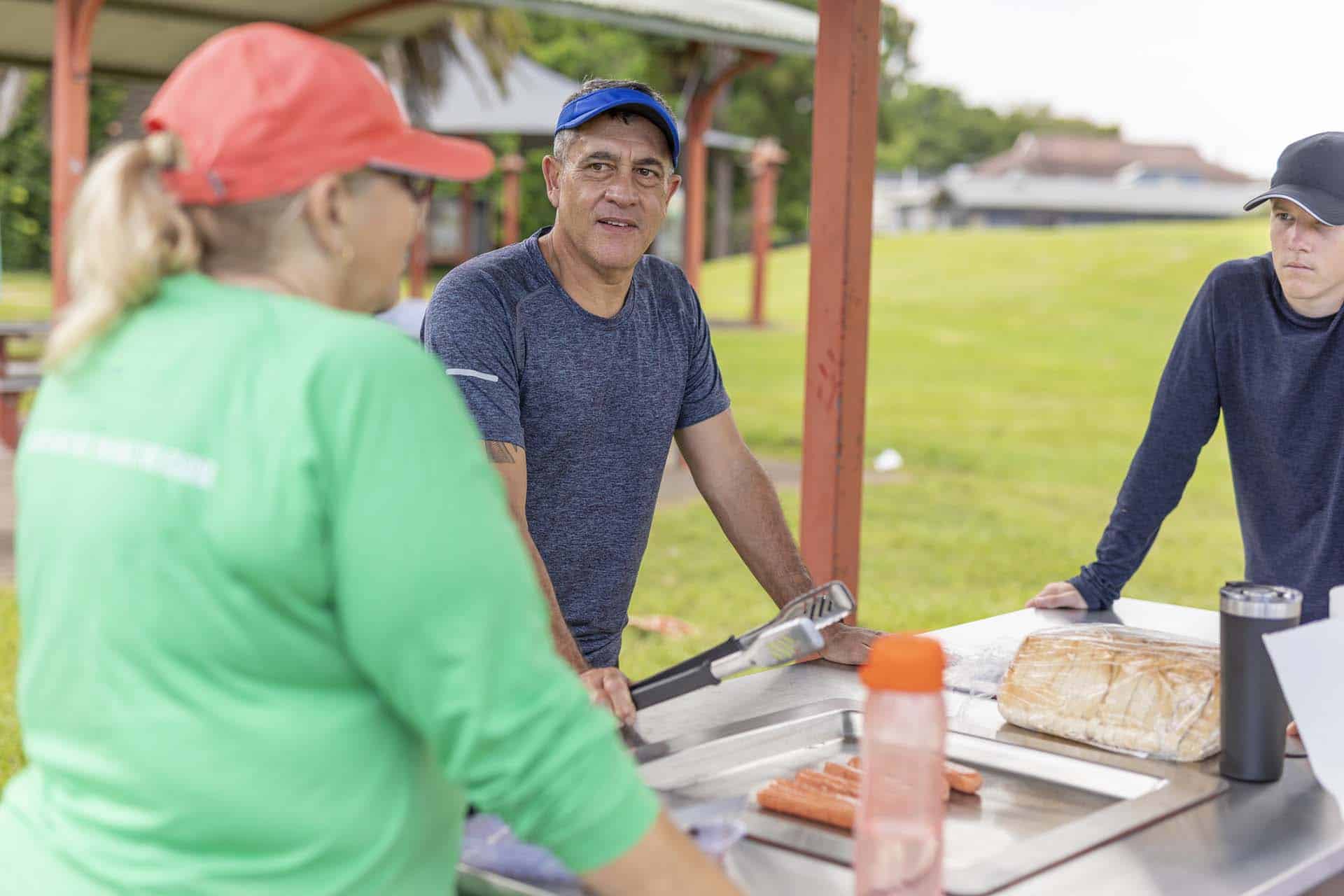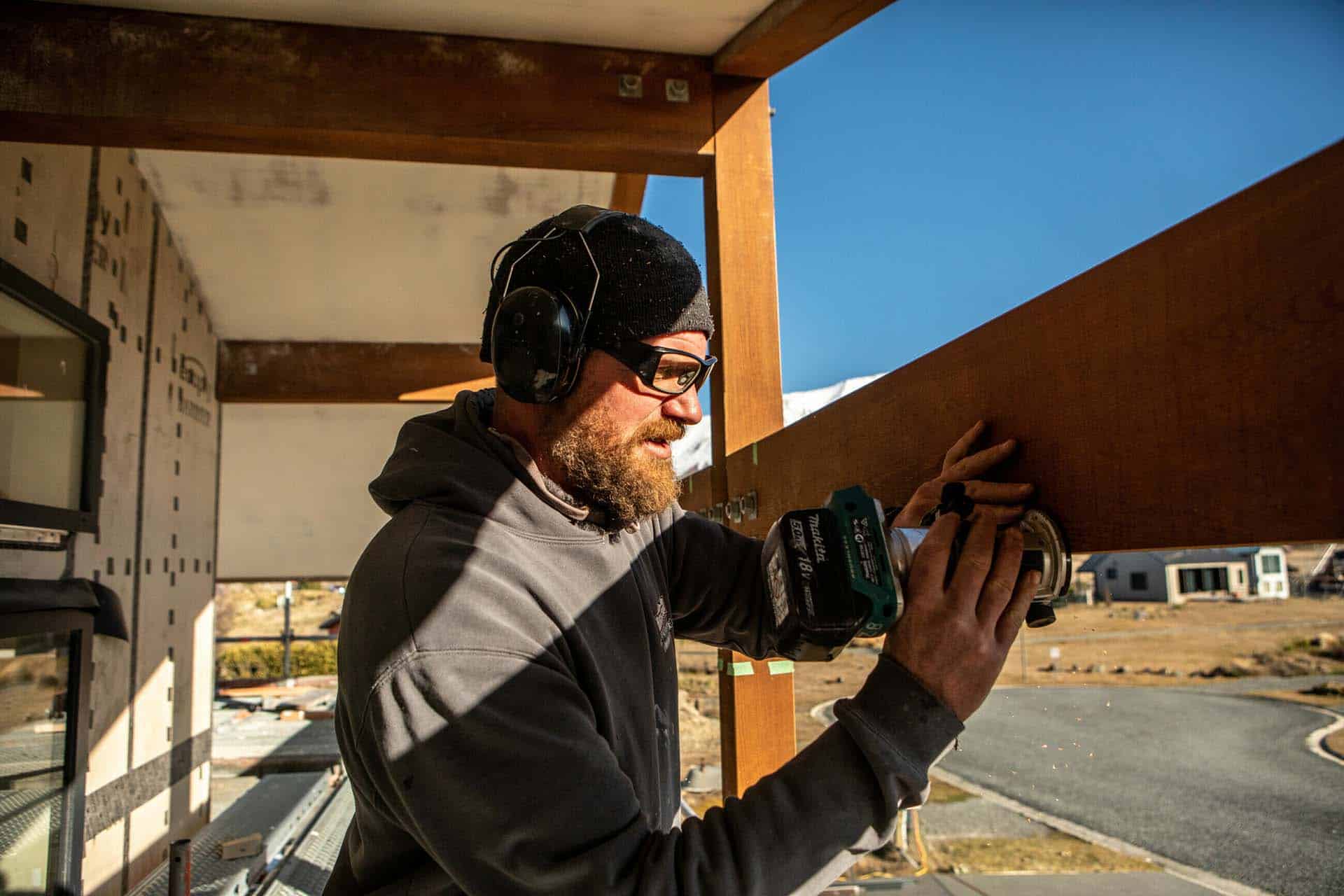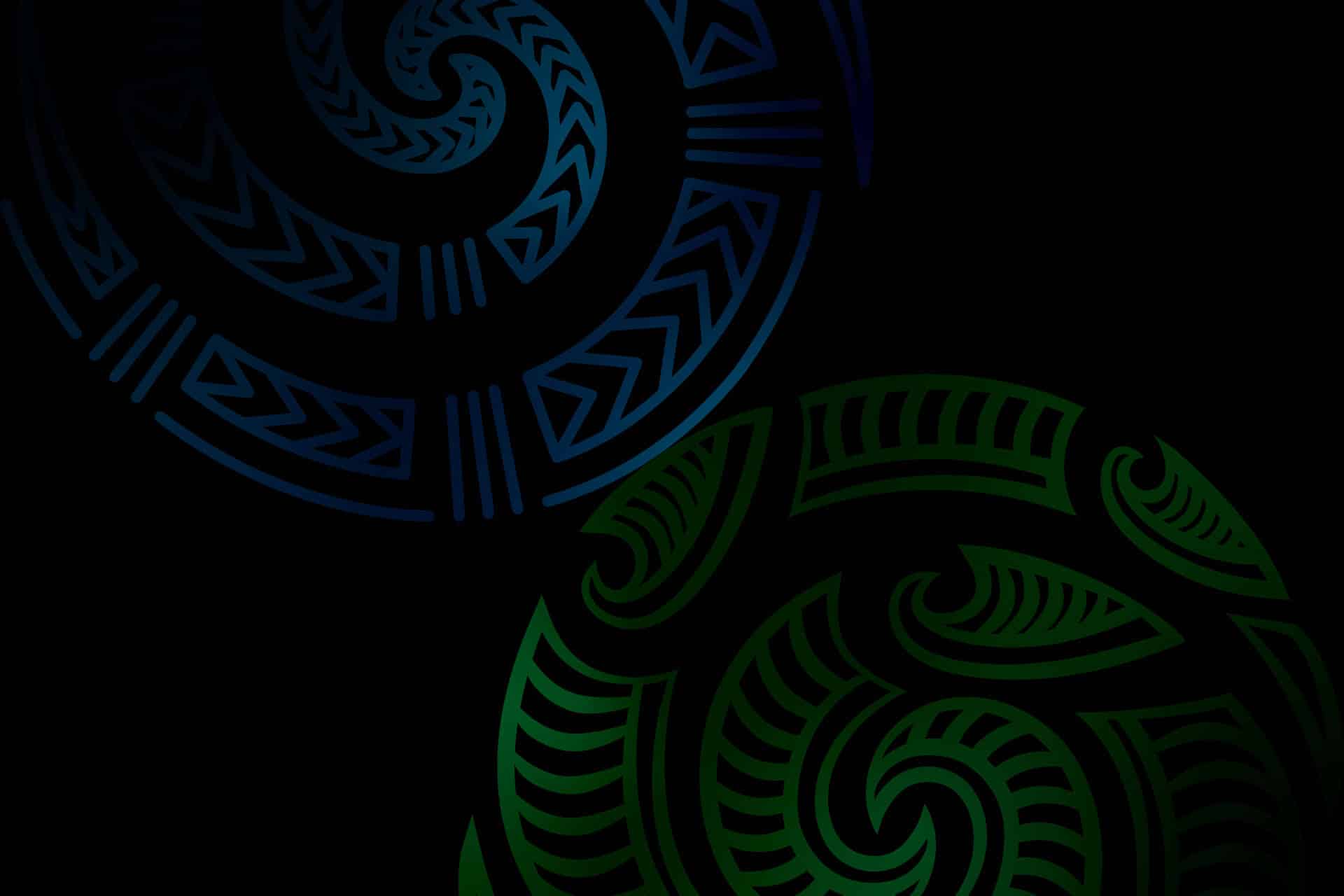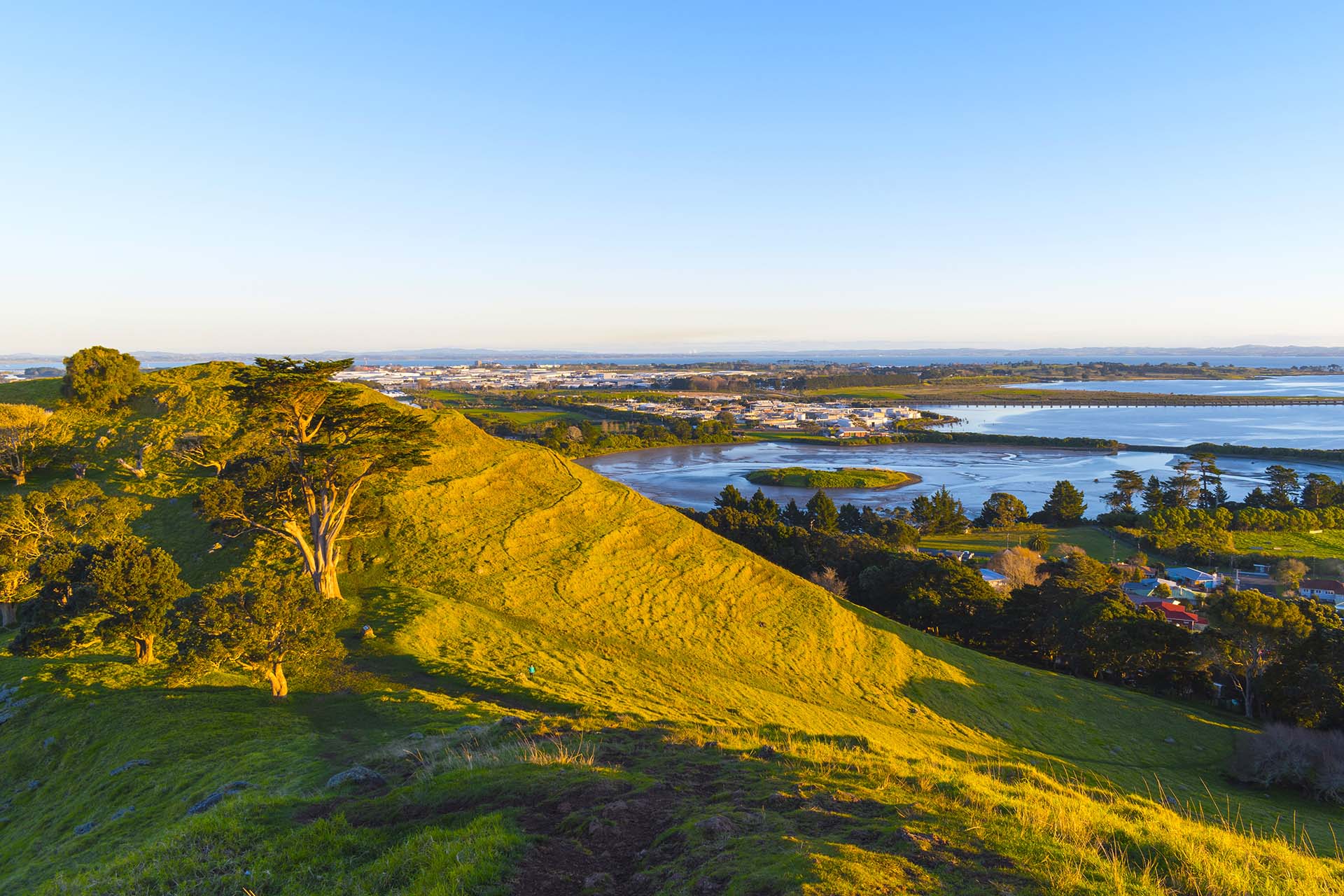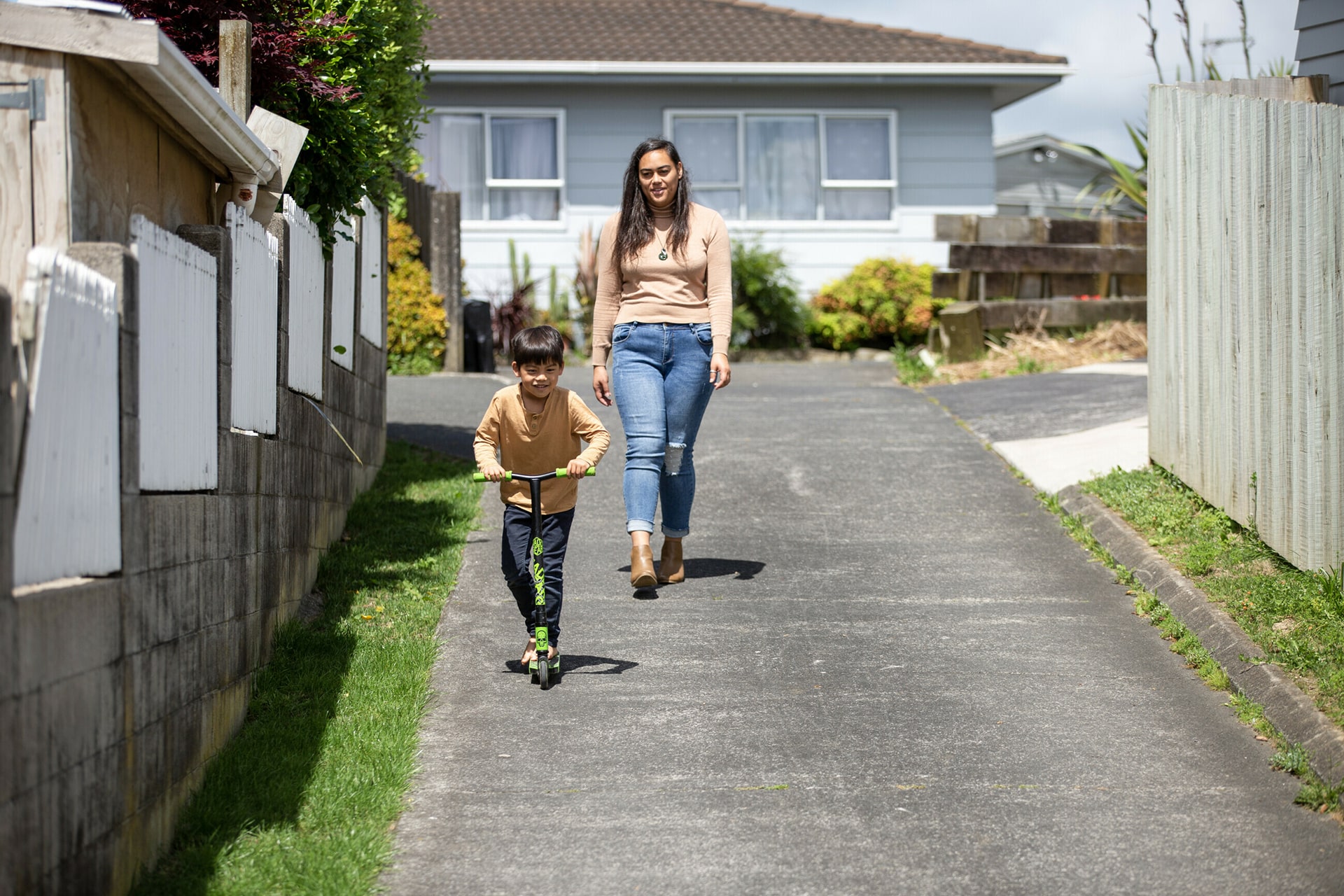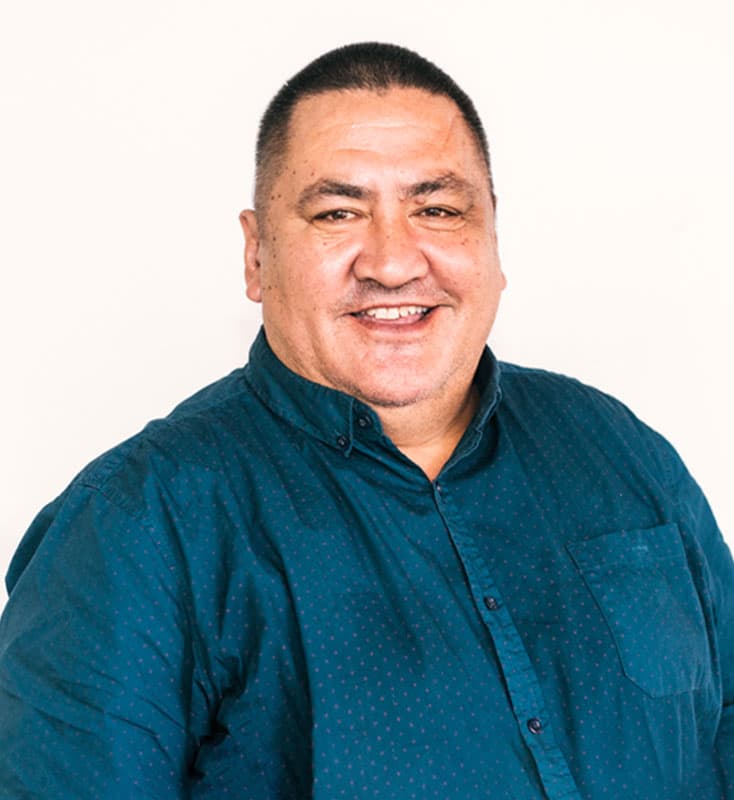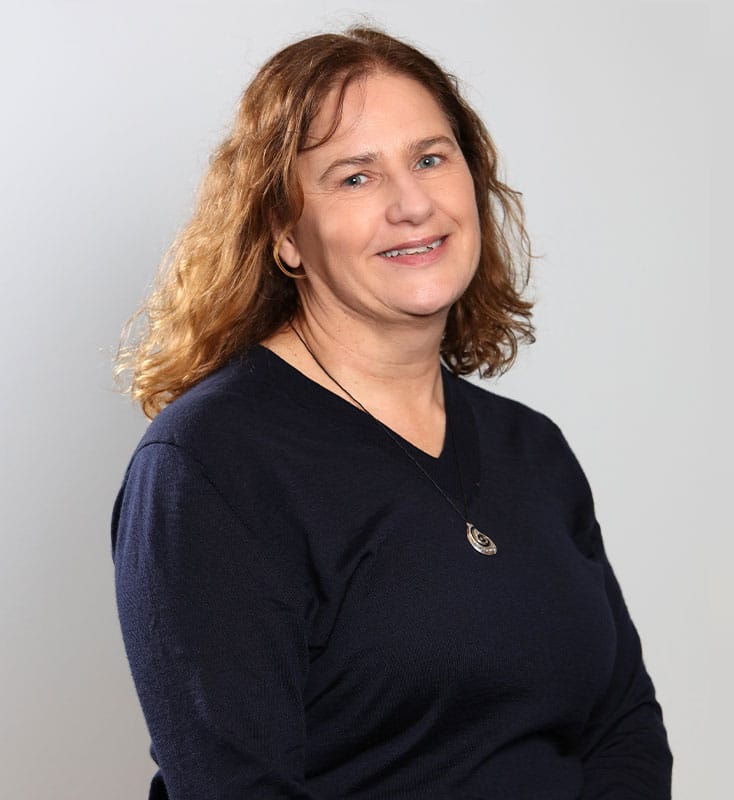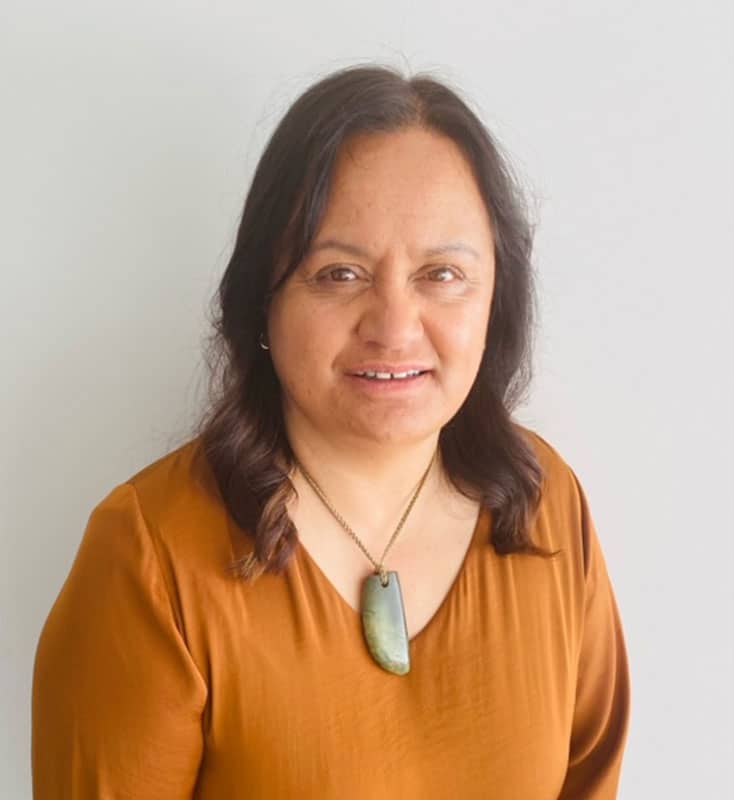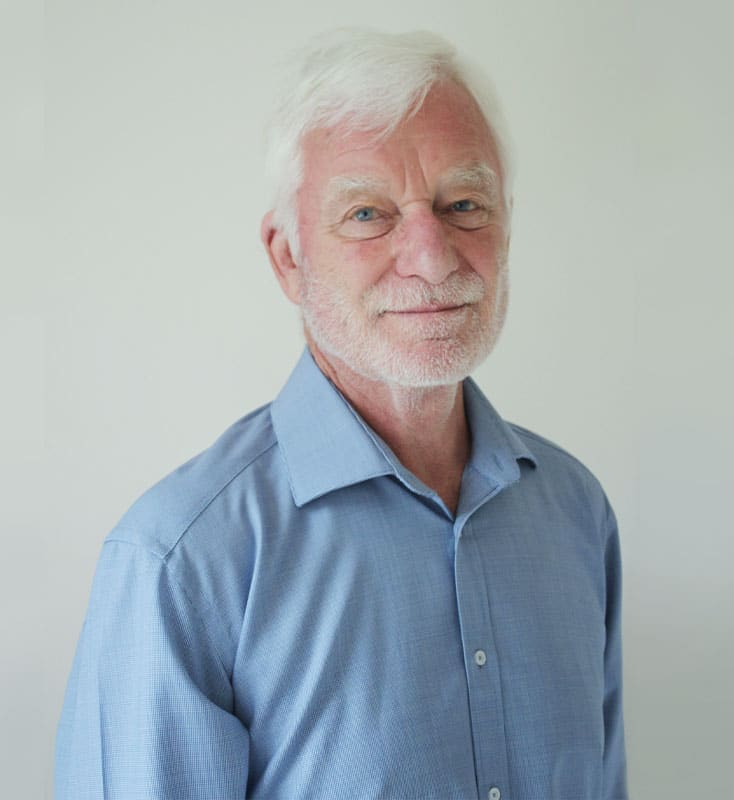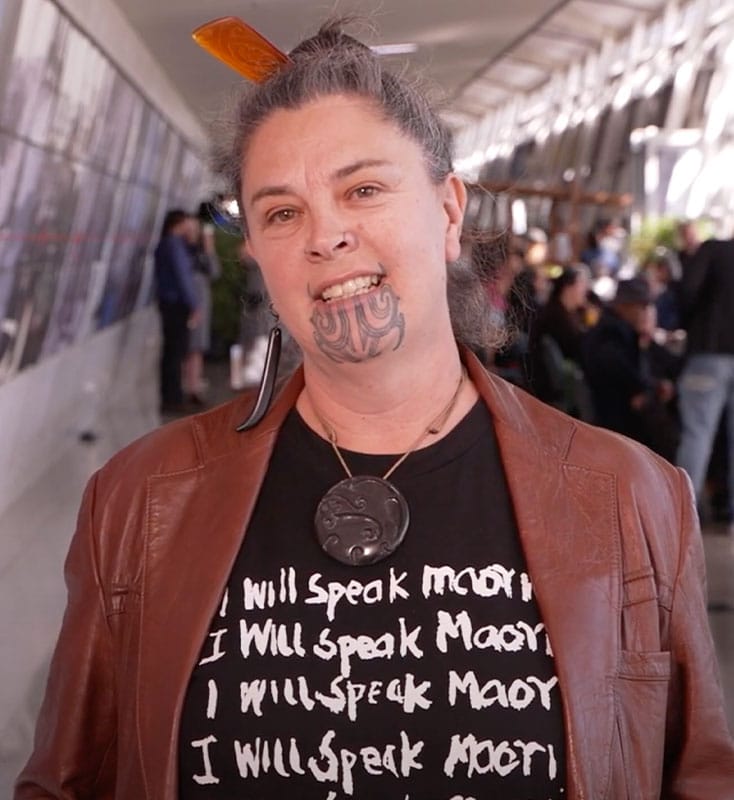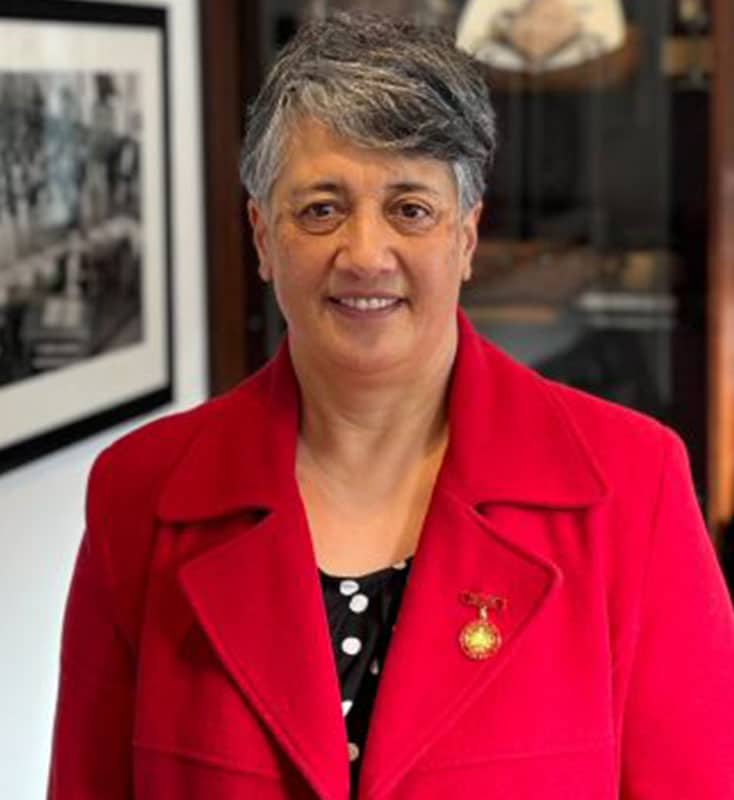Championing the knowledge of communities in the development of housing solutions is fundamental to He Kāinga Whakamana Tangata, Whakamana Taiao (BBHTC).
More than 75% of BBHTC research partners are Māori and the majority are members of the communities directly impacted by current housing challenges.
As members of these communities, BBHTC research partners are provided access to a depth of knowledge and understanding that traditional westernised research has never been able to acquire.
This unique insight has inspired the creation of innovative, sustainable housing solutions which prioritise the wellbeing of people and the environment.
Speaking at the National Māori Housing Conference recently, BBHTC Tangata Whenua co-chair, Rihi Te Nana highlighted the amazing impact of community led kaupapa Māori research.
“We have suffered from research fatigue; we have always been in the space of having rangahau done to us and put upon us. This research demonstrates clearly, we are in a space of our own now.
We are all the kairangahau, our whakaaro and our rangahau embody the knowledge of our tūpuna. Our rangahau will help heal the past and forge better, brighter futures for te hunga rangatahi and our mokopuna.
Representatives at the conference were encouraged to explore bold and innovative new ways of sharing their research with the wider community.
Leading by example, BBHTC showcased a stunning visual display of images created to exemplify the contribution of Marae to surrounding communities.
“Rangahau can be presented in the form of a picture, many of you would have seen our visual exhibition representing the impact of Marae based community support. Everyone here will understand that to connect with communities we have to show that versatility in how we present our research to people with diverse interests, needs, cultures and awareness.”
Solutions generated by BBHTC research partners have supported communities around the country to establish housing solutions which have helped their people thrive.
“We are not doing this for ourselves, we are thinking about our mokopuna, ao noa po noa, we think into these critical ways of being attentive to what is happening in our environment.
“We are attentive to social challenges we face on this whenua, we are attentive in the way we continue to cast our Māori world view, our Māori lens, the kōrero and knowledge of our tupuna in a way that informs us of what has come before, what is here now and what will be forged in the future.”
BBHTC research partners shared the value of kaupapa Māori rangahau, the benefits, the challenges, and the strategies implemented as a result.


